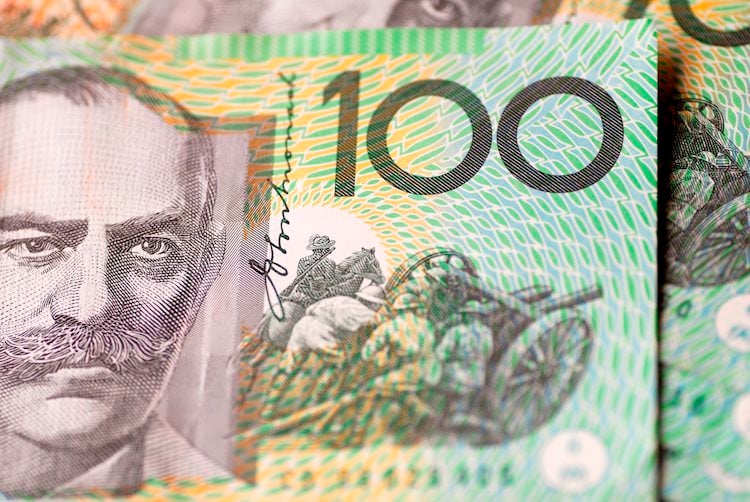- AUD/USD remains at highest level since January near 0.6800.
- Hot PPI data didn’t stop the pair in its upward trend.
- Monetary policy divergence between RBA and Fed stir the pair.
The Australian Dollar (AUD) upheld its positive trajectory against the USD in Friday’s session, rising by 0.30% to 0.6780. The AUD resumed its gains with market participants adjusting their stakes on the Federal Reserve (Fed) after the release of US inflation figures. Hot Producer Price Index (PPI) figures form the US didn’t trigger a recovery in the Greenback.
The Reserve Bank of Australia (RBA) is poised to be among the last G10 nations’ central banks to initiate rate cuts, a factor that could extend the AUD’s gains.
Daily market movers: AUD may extend gains as RBA delays cuts and markets grow confident in a more dovish Fed
- On the economic data front, the Producer Price Index (PPI) for final demand in the US rose 2.6% YoY in June, according to data published by the US Bureau of Labor Statistics on Friday.
- This result was higher than the forecasted 2.3%, surpassing the previous 2.2% rise in May. Core PPI also exceeded market expectations at 3%.
- However, sentiment data from the University of Michigan came in below expectation at 66.0, compared to the predicted 68.5 and the previous 68.2.
- CME Fedwatch Tool predicts more than 80% chance for 25 bps cut in September.
- On the other hand, speculation is growing that RBA might delay the global rate-cutting cycle or even raise interest rates again as a result of high inflation in Australia. This view compels RBA to maintain its hawkish stance.
- Furthermore, China, one of Australia’s closest trade partners, has announced its Trade Balance data for June showing a trade surplus of $99.05 billion, a significant increase from the previous figure of $82.62 billion.
Technical analysis: AUD/USD maintains highs, signs of looming correction
The AUD/USD maintains a bullish stance, retaining the heights reached in January. However, the Relative Strength Index (RSI) and Moving Average Convergence Divergence (MACD) indicate that they are nearing overbought terrain, suggesting a possible impending correction.
Buyers are looking to maintain the 0.6760-0.6780 range and surpass the 0.6800 area if possible. Conversely, the 0.6670, 0.6650 and 0.6630 levels are set as support ranges in case of a correction.
Inflation FAQs
Inflation measures the rise in the price of a representative basket of goods and services. Headline inflation is usually expressed as a percentage change on a month-on-month (MoM) and year-on-year (YoY) basis. Core inflation excludes more volatile elements such as food and fuel which can fluctuate because of geopolitical and seasonal factors. Core inflation is the figure economists focus on and is the level targeted by central banks, which are mandated to keep inflation at a manageable level, usually around 2%.
The Consumer Price Index (CPI) measures the change in prices of a basket of goods and services over a period of time. It is usually expressed as a percentage change on a month-on-month (MoM) and year-on-year (YoY) basis. Core CPI is the figure targeted by central banks as it excludes volatile food and fuel inputs. When Core CPI rises above 2% it usually results in higher interest rates and vice versa when it falls below 2%. Since higher interest rates are positive for a currency, higher inflation usually results in a stronger currency. The opposite is true when inflation falls.
Although it may seem counter-intuitive, high inflation in a country pushes up the value of its currency and vice versa for lower inflation. This is because the central bank will normally raise interest rates to combat the higher inflation, which attract more global capital inflows from investors looking for a lucrative place to park their money.
Formerly, Gold was the asset investors turned to in times of high inflation because it preserved its value, and whilst investors will often still buy Gold for its safe-haven properties in times of extreme market turmoil, this is not the case most of the time. This is because when inflation is high, central banks will put up interest rates to combat it. Higher interest rates are negative for Gold because they increase the opportunity-cost of holding Gold vis-a-vis an interest-bearing asset or placing the money in a cash deposit account. On the flipside, lower inflation tends to be positive for Gold as it brings interest rates down, making the bright metal a more viable investment alternative.
